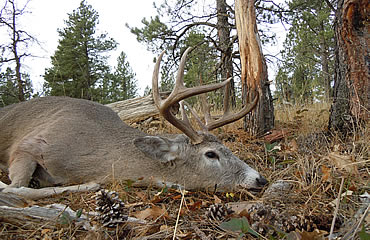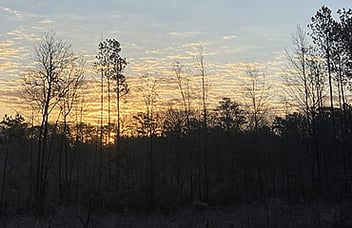Tactics and tips might require modification for your location.
While considering a tip for this week, it struck me how many strategies and techniques don’t always apply to different regions. Then I realized that in itself is an important point.
I grew up hunting huge blocks of timber on heavily hunted public land. When I moved to Alabama, I had no idea how to hunt the pine plantation leases so many Alabamians utilize. For that matter, hunting on food plots was new, too. I had a similar learning curve when given the opportunity to hunt in the Midwest.
It’s not that whitetails are different from region to region; no matter where it lives, a deer’s life revolves around food and cover. But there are behavioral quirks based on habitat, and those habitat variations require different techniques.
For example, hunting pressured public land, you’ll have more success the farther you get from the crowd, so a long walk into the timber can be a good thing. Try traipsing into the hardwoods in the South or Midwest, and you’ll run out the very deer you’re hoping to see, and you won’t see them again on that hunt.
There are population dynamics to consider, too. The likelihood of a buck responding to rattling or calling is affected by buck-to-doe ratios, as well as overall deer numbers and herd age structure, for example.
With that in mind, weigh every how-to article you read and every video you watch against the circumstances where you hunt. In most cases, you’ll find the techniques will apply to your location with a little modification or common sense changes (see the example about pushing deer out of the small timber blocks of the Midwest).
Focus on the basics of food, water and shelter, throw in a whitetail’s universal aversion to pressure, and then decide how a new tactic can be applied to your neck of the woods ... or field, or thicket, or river bottom ... you get the idea.
Read Recent Tip of the Week:• They're All Trophies: Take the deer that makes YOU happy, and forget everything else.




.png)